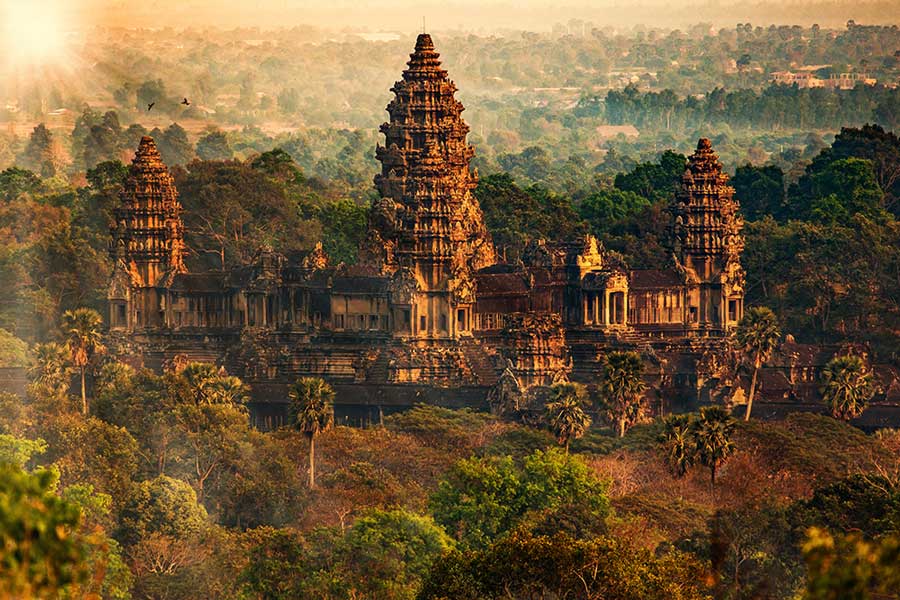vcdiversity.org – Amelia Earhart, the pioneering aviator whose exploits captivated the world in the 1930s, vanished under mysterious circumstances during an attempt to circumnavigate the globe. Her disappearance on July 2, 1937, has sparked countless theories, investigations, and debates, making it one of the most enduring mysteries of the 20th century.
The Final Flight
Earhart, along with her navigator Fred Noonan, embarked on a journey to fly around the world at the equator. Their Lockheed Electra took off from Lae, New Guinea, with the intention of landing in Howland Island, a tiny speck in the Pacific Ocean. However, they never arrived. Despite extensive searches, no trace of Earhart, Noonan, or their plane was found.
Theories and Speculations
Over the years, numerous theories have emerged regarding Earhart’s fate. Some believe that she and Noonan crashed into the ocean, while others speculate that they were captured by the Japanese and died in captivity. There are even theories suggesting that Earhart and Noonan survived on an uncharted island for a period before perishing.
The Evidence
Recent discoveries have added new layers to the mystery. In 2017, The International Group for Historic Aircraft Recovery (TIGHAR) announced that a piece of metal found on Nikumaroro Island in the Pacific was likely part of Earhart’s plane. This find, along with other artifacts believed to be from the Electra, has fueled speculation that Earhart and Noonan may have survived a crash landing and lived on the island for a time.
The Legacy
Amelia Earhart’s legacy is not just tied to her disappearance but also to her achievements as a pilot. She was the first woman to fly solo across the Atlantic Ocean and set numerous other aviation records. Her disappearance has not only kept her memory alive but has also made her an enduring symbol of adventure and mystery.
Conclusion
The mystery of Amelia Earhart’s disappearance continues to fascinate and intrigue. Despite the passage of time and the advances in technology, the definitive answer to what happened to Earhart and Noonan remains elusive. As new evidence comes to light and theories are tested, the world remains captivated by the story of the aviator who dared to fly beyond the horizon and into the realm of legend.


